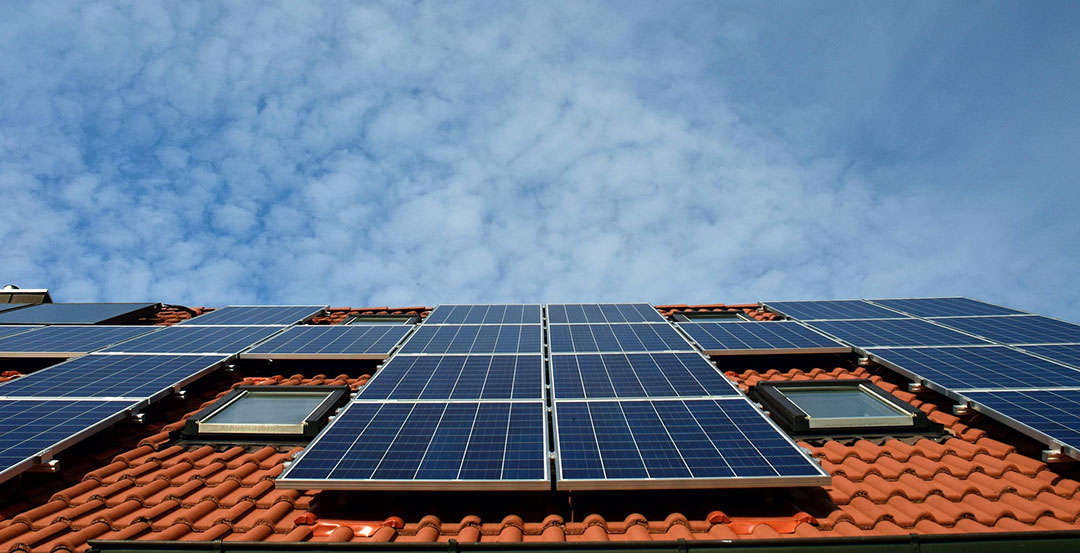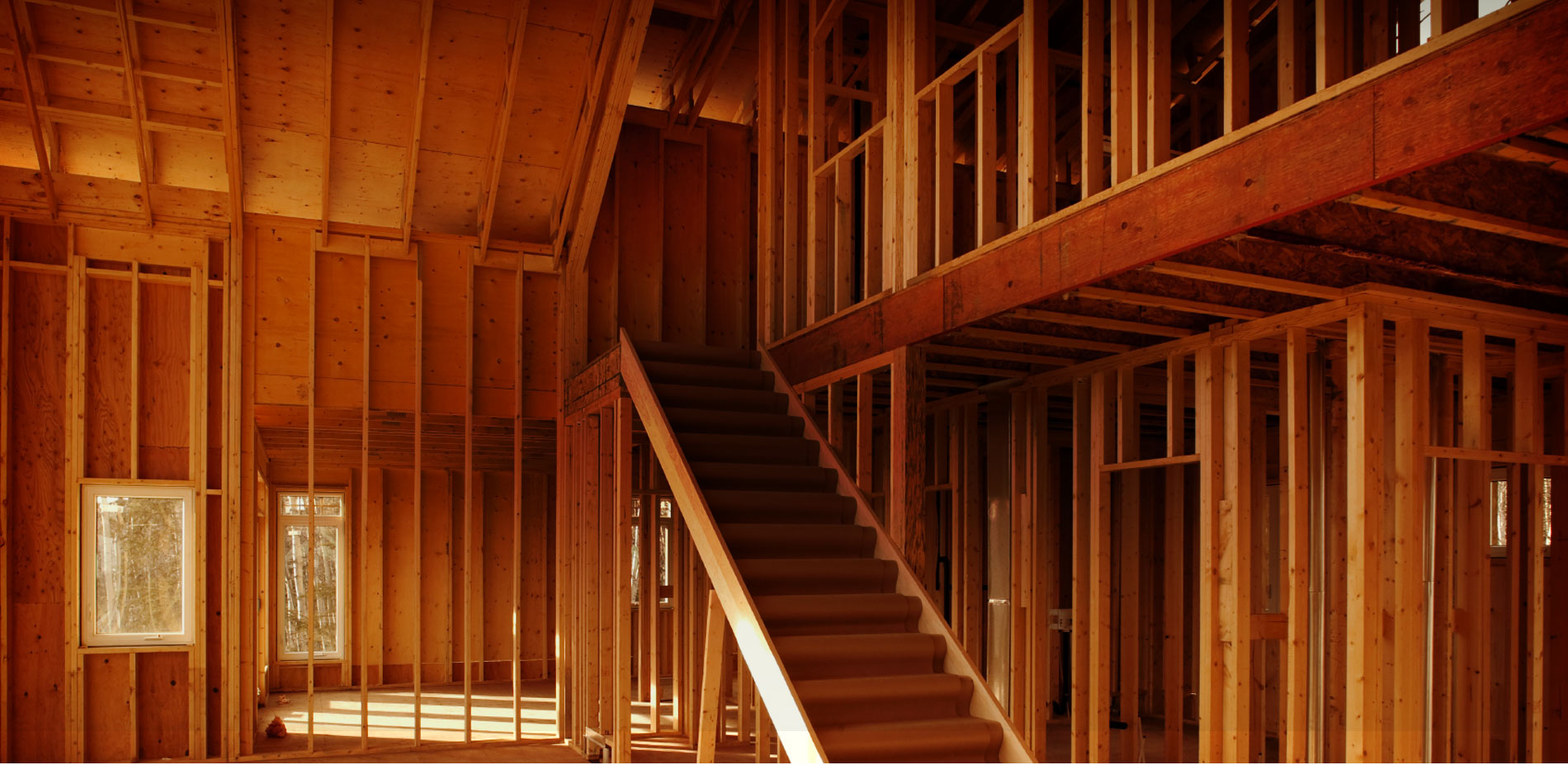Harnessing the Sun
Building a new home is an exciting journey filled with countless decisions that will shape the future of your living space. One of the most impactful choices you can make during the construction phase is the integration of solar panels. This forward-thinking approach not only sets the stage for a sustainable lifestyle but also offers numerous benefits that extend far beyond environmental considerations.
Why Consider Solar Panels from the Get-Go?
Cost Efficiency – Incorporating solar panels during the construction of your home can be more cost-effective than retrofitting them later. When planned in advance, the costs of installation can be included in your mortgage, spreading the expense over a longer period. Additionally, you can take advantage of tax incentives and rebates available for new construction projects that prioritize renewable energy solutions.

Energy Savings and Independence – Solar panels provide a renewable source of energy that can significantly reduce your electricity bills. By generating your own power, you can become less reliant on the grid, leading to increased energy independence. Over time, the savings on energy costs can offset the initial investment, making solar panels a financially savvy choice.
Environmental Impact
Reducing Carbon Footprint – Solar energy is a clean, renewable resource that reduces your home’s carbon footprint. The average residential solar system offsets approximately 5 to 6 tons of carbon dioxide annually, which is the equivalent to planting about 100 trees each year.
Sustainable Living – Incorporating solar panels is a step towards a sustainable lifestyle. It demonstrates a commitment to environmental stewardship and can inspire others in your community to consider renewable energy solutions.
Planning and Considerations
Site Assessment – Before proceeding with solar panel installation, a site assessment is crucial. This involves evaluating the sun exposure your property receives and identifying the best locations for panel placement (south-facing roof sections with minimal shading maximize solar production in North America). Working with a professional can help ensure that your solar system is as efficient as possible.
System Size and Capacity – Determine the appropriate system size based on your home’s energy needs. This involves considering factors such as the size of your home, the number of occupants, and your energy consumption patterns. A tailored system ensures you maximize the benefits of solar energy.
Future-Proofing – Installing solar panels during home construction is an investment in your future. It not only increases the resale value of your property but also positions your home to adapt to future technological advancements in renewable energy; new construction with solar often includes smart energy management systems, battery storage readiness, and electric vehicle charging capabilities.
Incorporating solar isn’t just an add-on — it’s a strategic decision that delivers financial benefits from day one. The combination of reduced installation costs, favorable financing options, ongoing energy savings, and increased home value creates a compelling case for making solar part of your initial construction plans. As energy costs continue to rise and climate considerations become increasingly important, homes built with integrated renewable energy systems will stand out in both the housing market and in monthly operating costs. The question is no longer whether solar makes sense for new construction, but rather how to optimize its implementation for maximum benefit. By planning for solar from the beginning of your construction project, you’re not just building a house — you’re creating an energy-producing asset that will serve you for decades to come.



